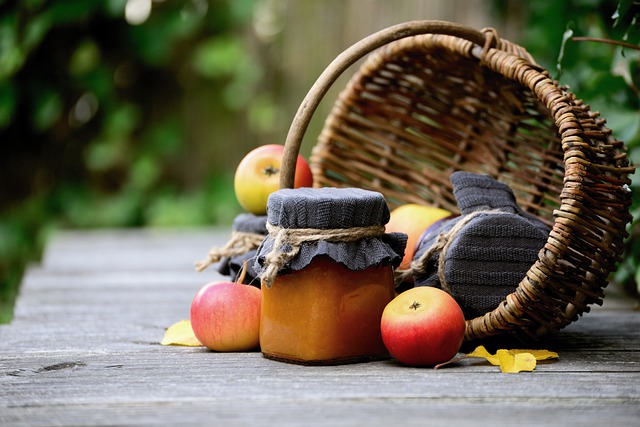
Having the ability to grow your own food will give you a satisfying sense of accomplishment. Fresh produce from your own garden free from pesticides is the best way to enjoy delicious vegetables. Let this article guide you to greater horticulture success.
So you don’t shock the plants, you should gradually get them use to a change in the temperature and conditions. The first day you transfer your plants, you should only allow them to sit in direct sunlight for a few hours. As you continue the first week of the project, gradually extend the duration of sun exposure. At the end of a week, they should be accustomed to the outdoors and ready to transition to outside safely.
Shoveling clay soil is tiresome since clay is hard, and it can also stick to your shovel for twice the difficulty. Coat and buff the digging end of the shovel with automobile wax to make digging easier. The clay will no longer stick to the shovel, and this also helps to prevent other problems like rusting.
Climbing plants make a strong addition to walls, fences or other free-standing structures. These types of plants can climb anything, which makes them perfect for covering up a wall or fence that needs to be hidden. They can cover an arbor, or grow through trees and shrubs. Some climbers will attach themselves to a support using twining stems or tendrils, while other varieties need to be held up by tying them in place. Climbing roses, honeysuckle, wisteria, clematis, and jasmine are some great plants to try out.
Try dividing the irises. You can get more irises by dividing the overgrown clumps. When you see the foliage is definitely dead, lift up the bulbous irises. The bulbs will split up naturally in your hand, and when replanted, will often flower the next year. Rhizomes should be divided using a knife. Cut several new pieces out of the outside and get rid of the old center. Every piece should contain a strong offshoot. Replant right away.
Pest Control
Pest control is tough when you have a veggie garden. Avoid spraying harsh chemicals on fruits and vegetables destined for your table. Persistence and care is a much better solution for pest control, but many avoid it because it actually requires some work on their behalf. If you catch pests right away, the easiest way to eradicate them is to pick them off plants by hand.
Choose one plant to be the focal point. Gardens are like art; you need to give the piece (or garden) an initial focal point. More often than not, it is a plant that is distinctively different from its neighbors.
You can attract the insects you need by planting heather. Bees are drawn to heather, as heather is an early provider of spring nectar. Heather beds are typically left untouched, which is why helpful little critters like ground beetles and spiders call them home. If you do have to tend to your heather, wear gloves in case you accidentally annoy one of the residents!
Bring your young ones into the garden with you so they will learn about organic methods. A garden can provide a wonderful learning experience for children, and will give you an opportunity to bond with them while you produce healthy food.
Strawberries are a good organic garden choice for families with strawberries, particularly everbearing strawberries. Children find it fun to pick strawberries and love to assist with the harvest if they get some yummy treats as they work.
One of the problems that people come up against when trying to grow organic plants indoors is a lack of natural light. If your residential space has limited sunlight, it will be best that you grow plants that are ideal for this type of environment. Otherwise, you could simply use your own lights.
Space is very important when you plant an organic garden. Amateur gardeners often make the mistake of failing to leave enough space for fully matured plants. The plants need space due to sheer size and also for air circulation. Try to plan your garden and place sufficient distance in between your seedlings.
Treated Wood
In order to construct your raised beds, make use of untreated brick, stone, wood and other materials. If you choose to use wood, see to it that it’s untreated and that it can resist rotting. Cypress, locust and cedar usually work best. It is particular important that you don’t use treated wood for vegetable beds, as the chemicals and toxins on the wood could leach into the soil and be absorbed by food plants. If your existing garden structure contains treated wood, at least take the time to make a plastic lining beneath the soil.
As stated in the beginning of the article, horticulture is a great way to grow fresh and delicious fruits and vegetables right in your own backyard. This is a more natural and cheaper way of getting your food. Use these tips to get more from your gardening.


